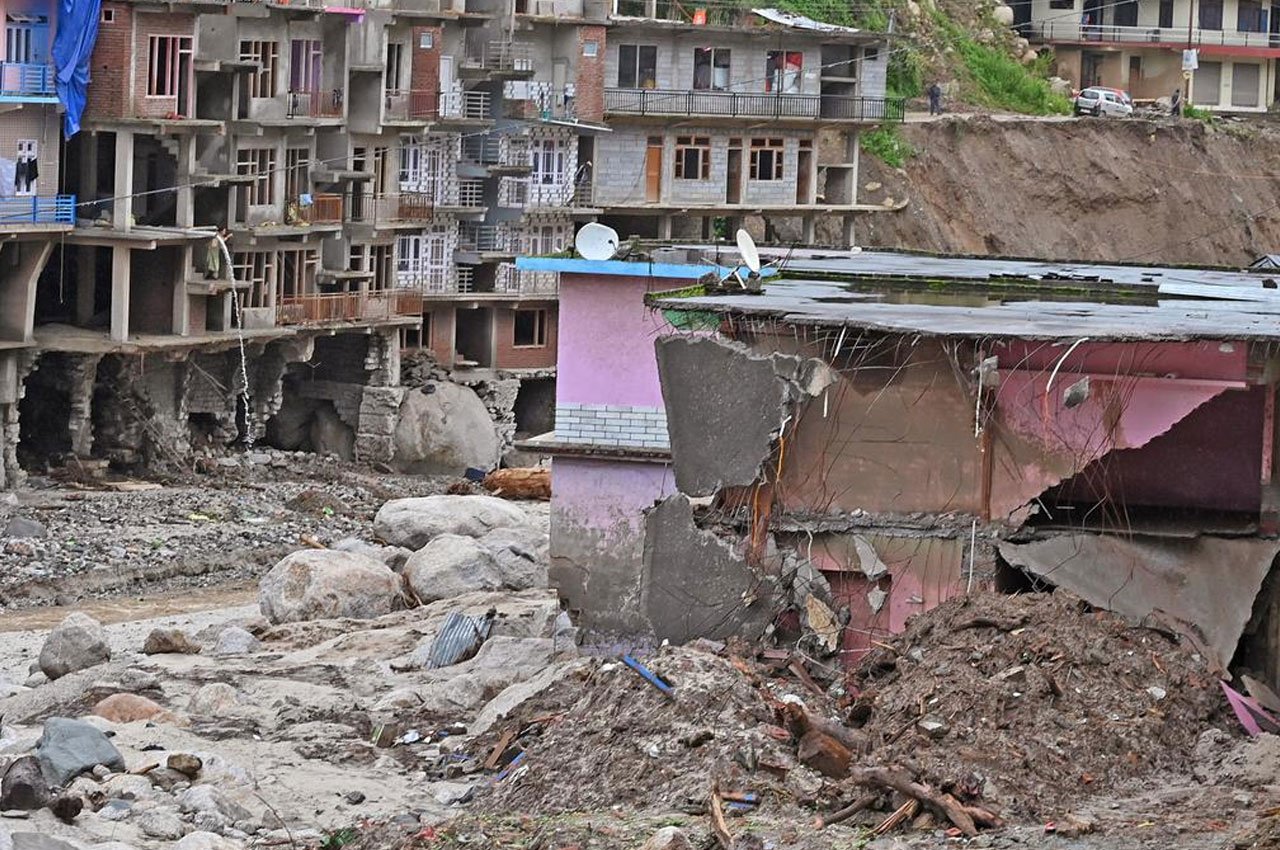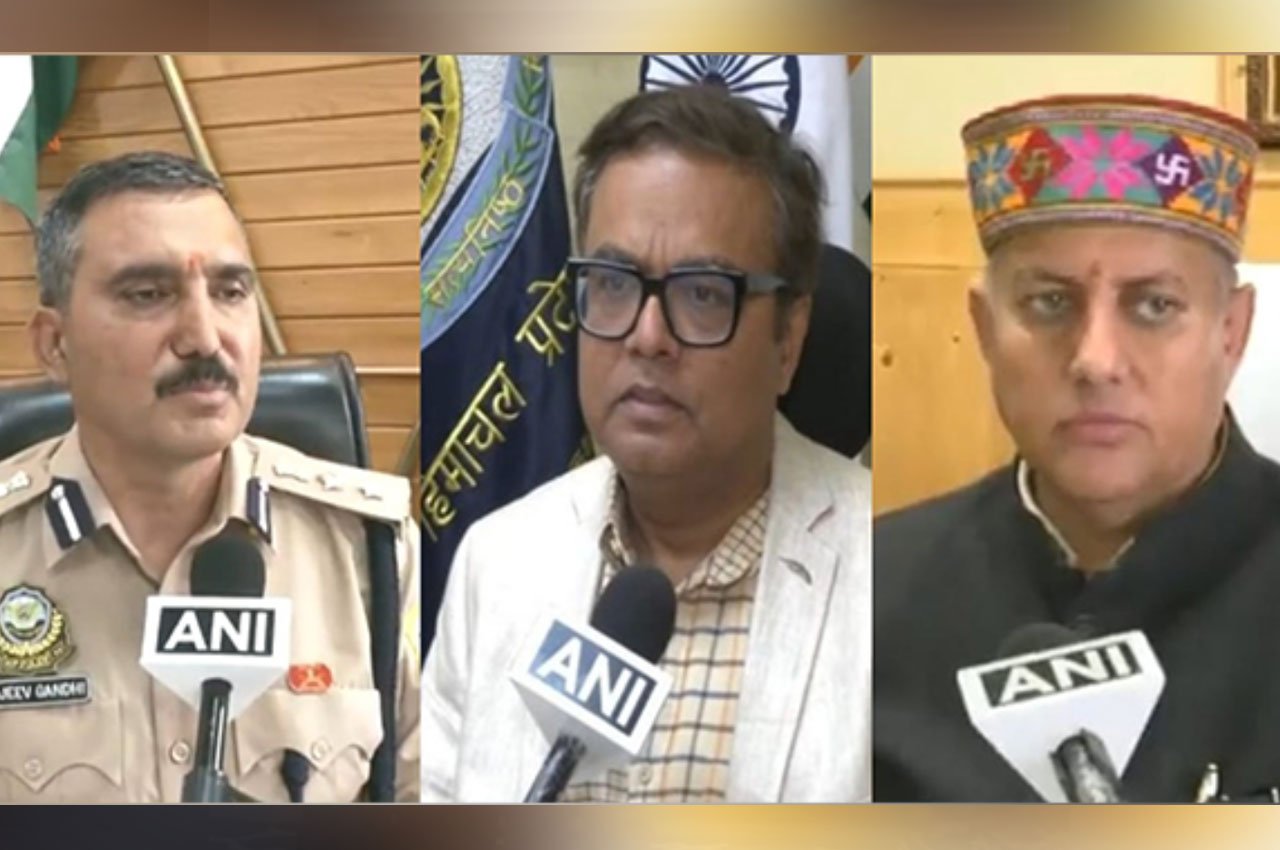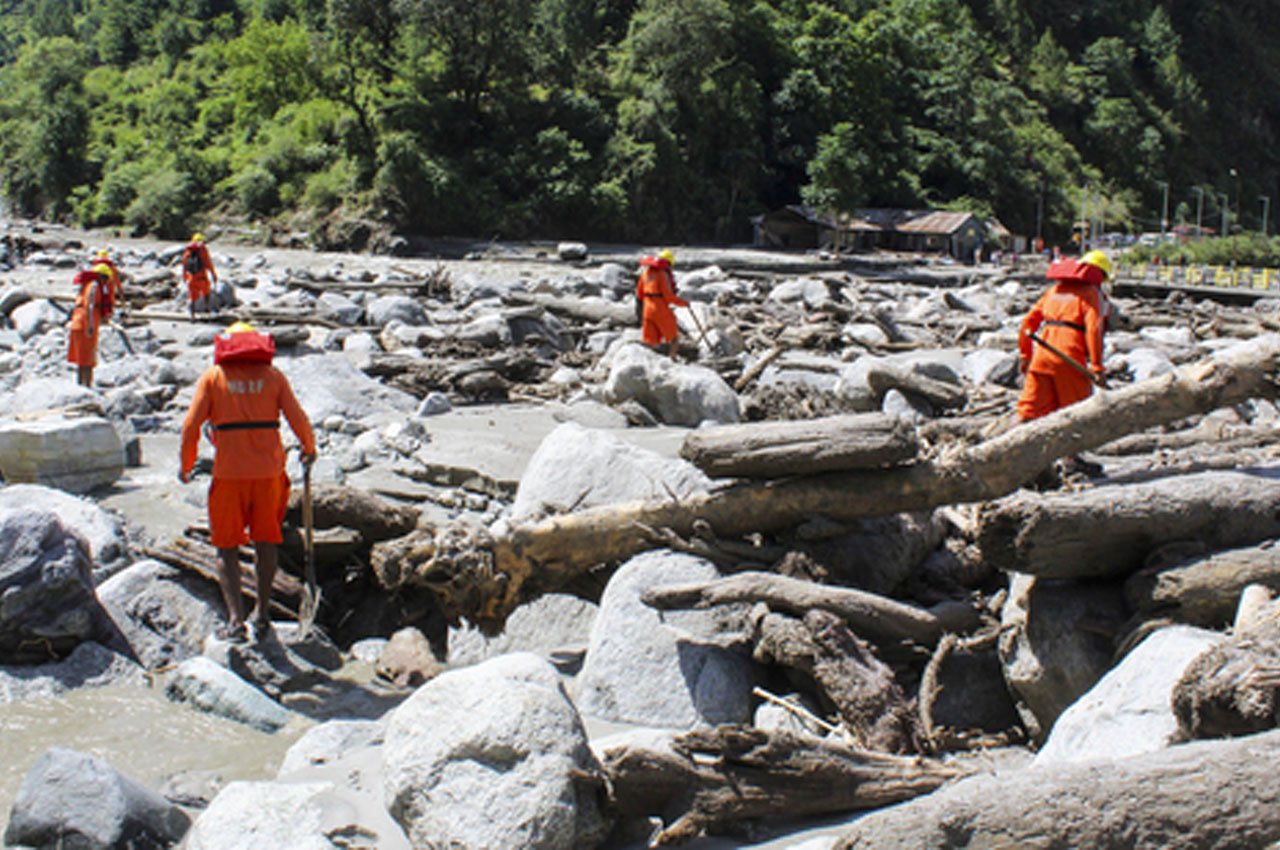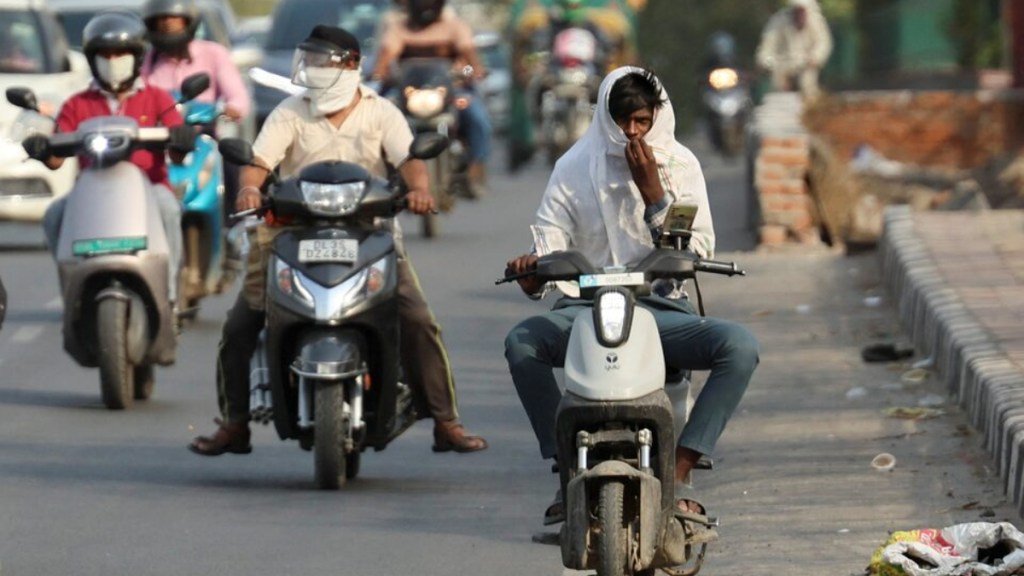The ongoing monsoon continues to disrupt life across Himachal Pradesh, claiming 109 lives in nearly one month and leaving a trail of destruction throughout the region, reported The Hindu. Since the monsoon’s arrival in late June, relentless rain has unleashed landslides, flash floods, and cloudbursts, touching almost every district and deeply impacting both the urban and remote rural pockets. The effects have been severe on human life, property, crucial infrastructure, and the already fragile hill ecosystem.
Rising Death Toll and Statewide Crisis
Between June 20 and July 16, 2025, Himachal Pradesh has mourned 109 deaths attributed directly or indirectly to the ongoing monsoon disaster. Many victims lost their lives in landslides, flash floods, and drowning incidents. Other fatalities stemmed from road accidents on slick, damaged mountain roads, with treacherous driving conditions contributing to the grim toll. Districts like Mandi, Kangra, Kullu, Chamba, and Hamirpur have been especially hard hit, while over 30 people remain missing as of mid-July. Hundreds have suffered injuries, and authorities report thousands of livestock deaths, amplifying the humanitarian and economic crisis.
Brunt on Infrastructure and Daily Life
The monsoon’s unchecked fury has wrought unimaginable damage to Himachal Pradesh’s infrastructure. More than 250 major roads, including key national highways such as NH-3, NH-5, and NH-505, have either been blocked by debris or completely washed away. This has left several communities isolated, and disrupted the movement of essentials and rescue teams. Numerous bridges and culverts in flood-prone areas have collapsed or are severely damaged. Drinking water schemes in over 700 places have failed, leading to shortages in several hill towns and villages. Power infrastructure has not been spared, with more than 400 electricity transformers damaged. As a result, power outages are widespread in both urban hubs and isolated mountain hamlets. Public transport remains limited or suspended entirely in many districts, and officials continue to urge residents to restrict movement as inclement weather persists.
Economic Losses and Recovery Challenge
The economic cost of the Himachal Pradesh monsoon disaster is substantial. Initial estimates by state authorities place the combined loss at over Rs 1,000 crore. Departments such as Public Works and Jal Shakti have reported massive damages to roads, bridges, water lines, and government buildings, with the Mandi district alone accounting for more than Rs 10 crore in damages. Agricultural fields, orchards, and livestock rearing—the backbone of the state’s rural economy—have all suffered major setbacks, aggravating local hardship.
Government Response and Disaster Relief
State and district authorities have mounted a large-scale relief and rescue effort. The National Disaster Response Force (NDRF) and State Disaster Response Force (SDRF) teams have been deployed to the worst-affected areas, carrying out evacuations and providing emergency assistance. Officials are working to restore essential services like water and electricity, prioritizing the most critical localities. The state has issued a yellow alert, warning residents in Shimla, Solan, Sirmaur, and neighboring districts of further heavy rainfall. Managers of major dams, including Nathpa Jhakri, have been releasing excess water to prevent overflows and flooding, urging riverside communities to stay vigilant. Emergency repair funds have been sanctioned for road and utility restoration, and residents are advised to avoid riversides and landslide-prone zones.
The Human Cost: Lives Uprooted
Beyond statistics, the monsoon has brought hardship and heartbreak to thousands. Entire families have been displaced as homes, shops, and cattle sheds have collapsed under mudslides or been swept away by rushing water. Many communities remain cut off from basic supplies, with waterlogging and debris piling up for days. The devastation of fields and orchards adds to the immediate distress, threatening food security and incomes.
Weather Outlook and Continued Threat
Meteorological agencies forecast continued heavy rainfall over the next few days, heightening the risk of further landslides, flash floods, and cloudbursts. Ongoing downpours hamper restoration and relief efforts, and the authorities repeatedly urge the public to remain alert and heed weather bulletins.
Photo Credit: The Hindu
For more regional stories click here
Follow us for latest updates:




